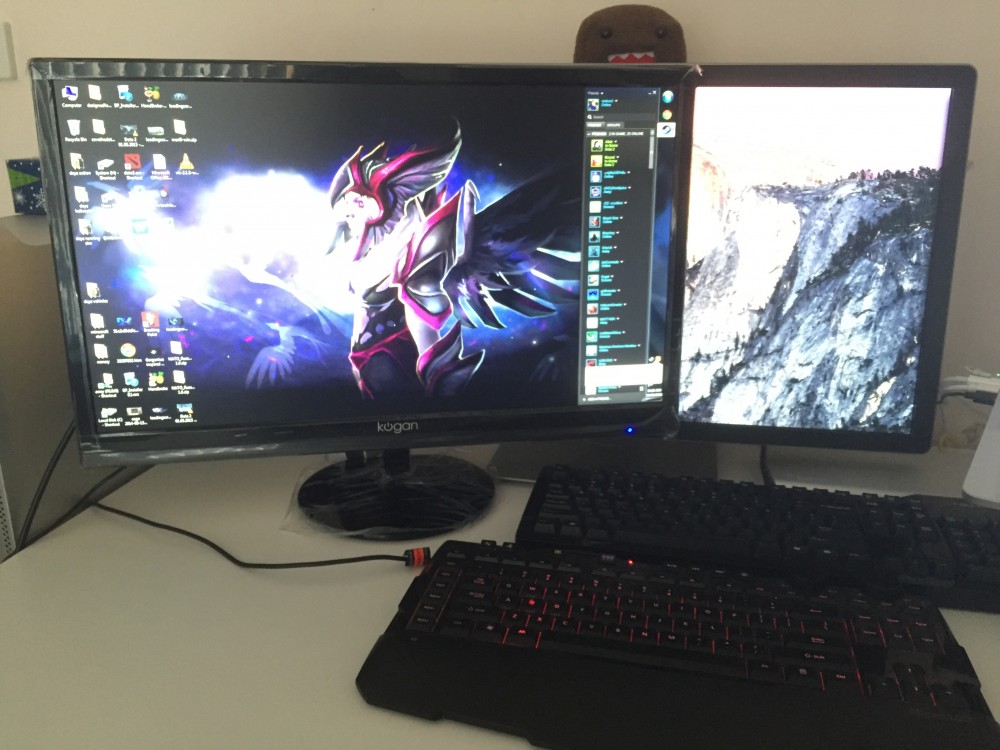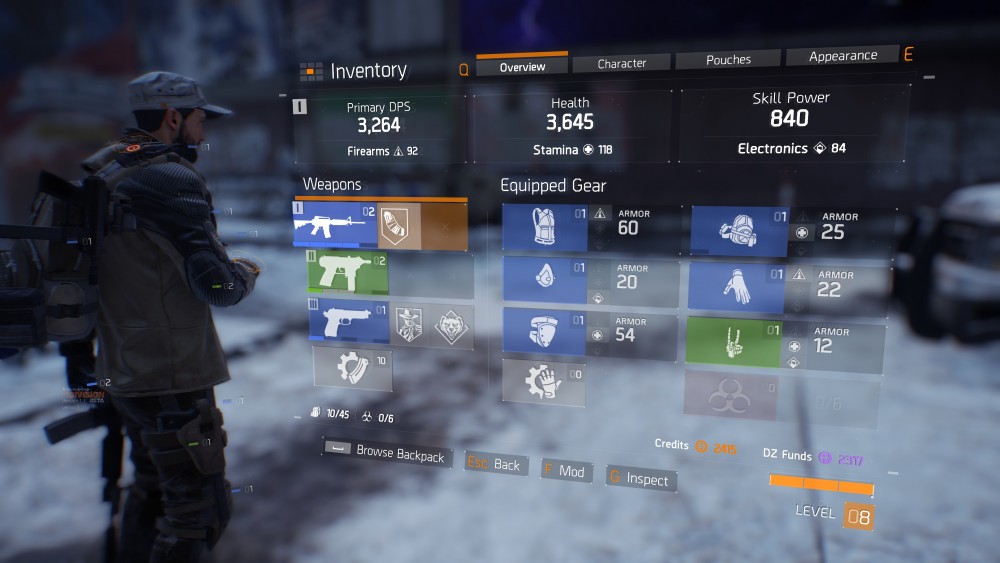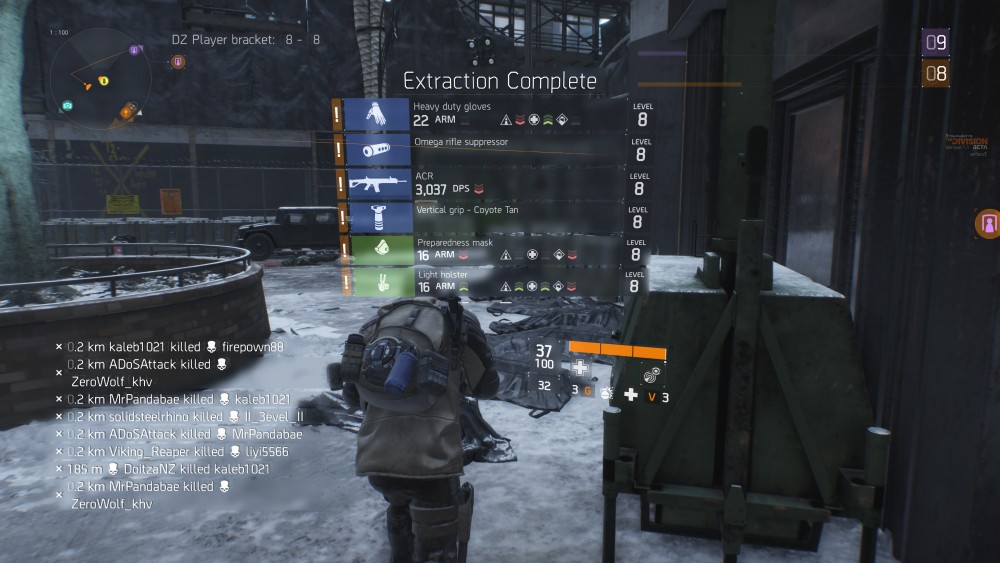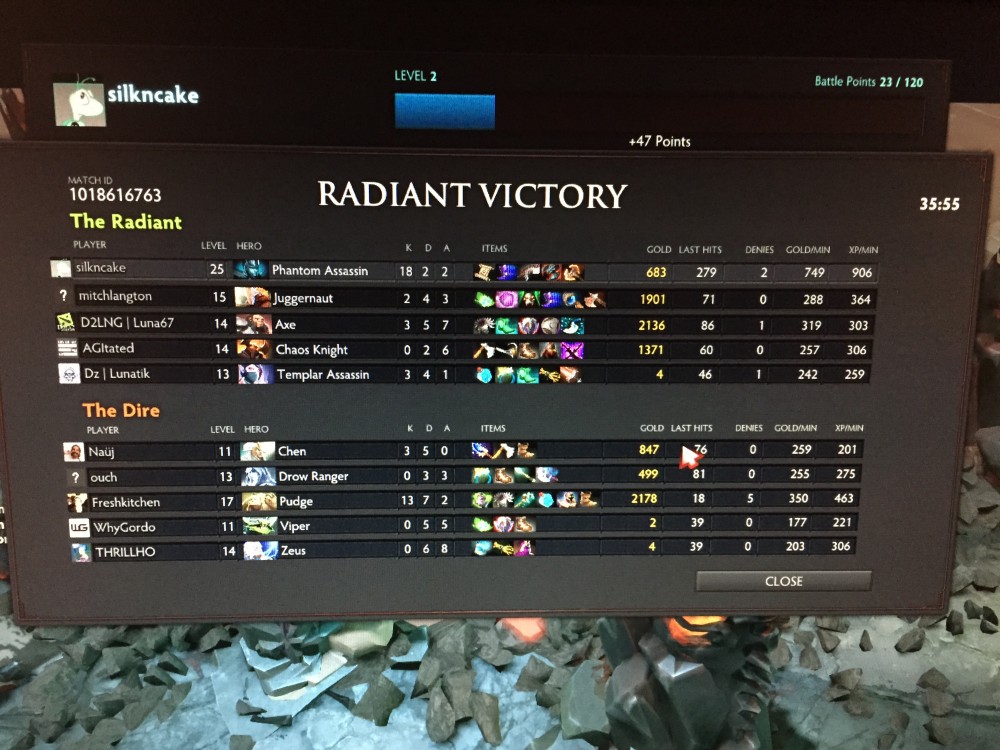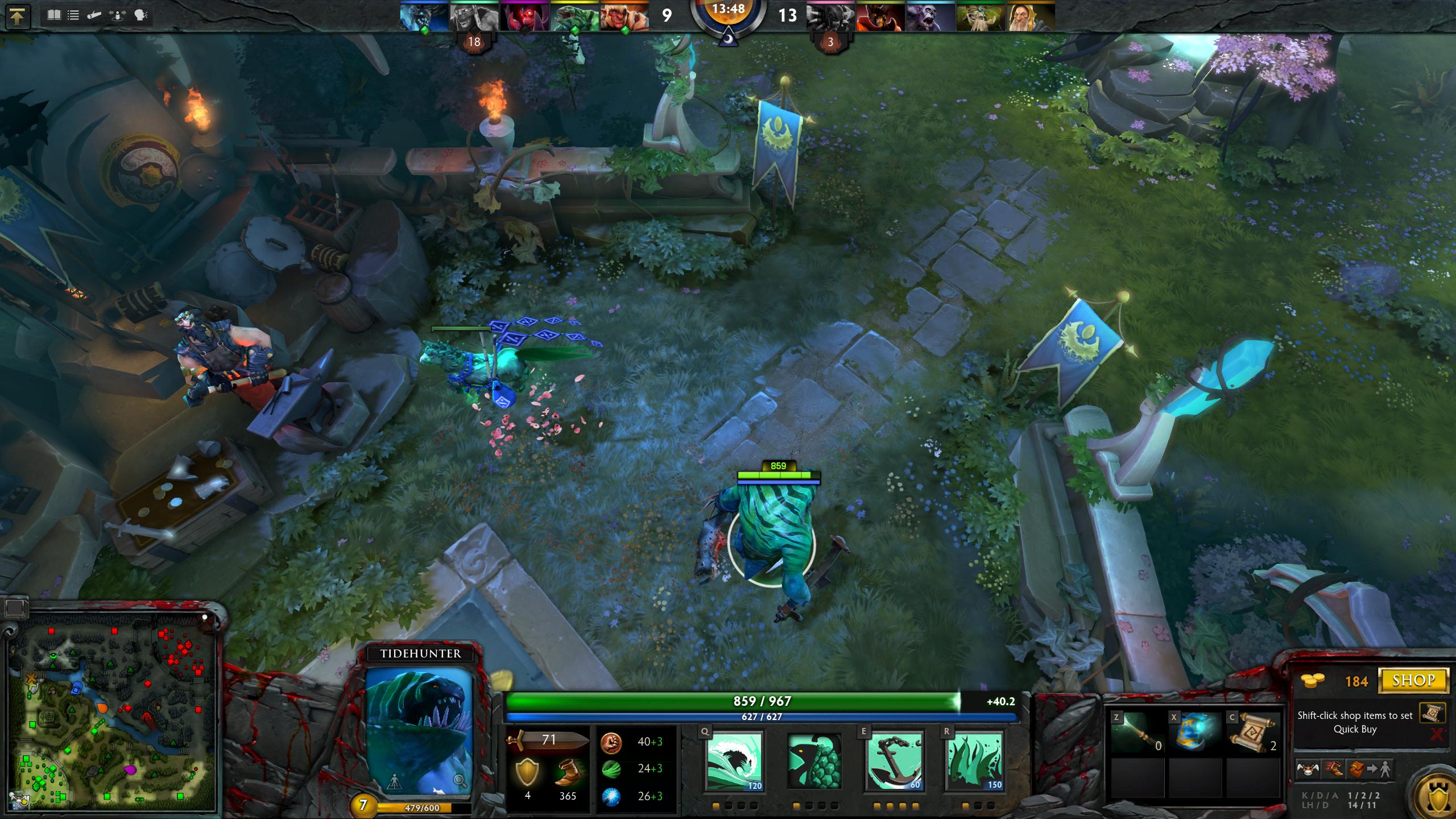 If money was no object, my dream Mac would be the Mac Pro. Back in high school, we’d have these impromptu competitions to find the most expensive computer possible. And since the Mac Pro was both insanely expensive and able to be configured to an eye-watering level of performance, ticking all the boxes meant you could get your Mac Pro configuration towards the $30,000 mark without breaking a sweat.
If money was no object, my dream Mac would be the Mac Pro. Back in high school, we’d have these impromptu competitions to find the most expensive computer possible. And since the Mac Pro was both insanely expensive and able to be configured to an eye-watering level of performance, ticking all the boxes meant you could get your Mac Pro configuration towards the $30,000 mark without breaking a sweat.
I’ve never actually owned a desktop Mac before. No desktop Mac has really appealed to me, and as someone who’s had a separate PC for gaming for years, having two desktop machines means I lose out on any potential portability I wish to partake in. So every time I’ve had to decide on a new Mac, the only real decision that makes sense is a MacBook Pro, upgraded as much as I can afford it to be.
So here’s the deal: I use a Mac as my primary machine, and at the moment, it’s a Late 2013, 15-inch MacBook Pro with Retina display. It does everything, from composing blog posts late at night, to writing the daily new summaries in the morning. General web surfing, media playing, and, on occasion, I’ve played the odd game of Dota 2. Although it’s a portable machine, it almost never leaves the spot on my desk where it’s hooked up to my 4K external display, Thunderbolt dock, and all the other peripherals you’d expect to be plugged into your daily driver.
Which brings us to the other side of the equation, my gaming PC. I recently put together an almost-entirely new gaming rig for the purposes of upgrading to a more modern platform, but it’s been pretty lacklustre as far as upgrades go. For what I’m using it for (i.e. gaming), there hasn’t been any real noticeable difference in performance, which is kind of disappointing, and kind of makes me feel like I upgraded in order to keep up with platform changes, instead of upgrading because my old PC was getting a little long in the tooth.
PC performance (Mac or otherwise) has long passed the point where CPU performance makes a difference, which goes to explain why buying a machine from 2010 doesn’t faze me. In terms of general, day-to-day PC performance, the number one thing that matters these days is a fast SSD. Even then, you’re going to be hard-pressed to notice the difference between any modern SATA-based model or the newfangled PCIe-based ones, despite PCIe SSDs have much higher throughput. Again, it all depends on the kind of workload you’re throwing at them, and for gaming, the only thing that matters is GPU and to a lesser extent, CPU performance.
Which is just about where my dilemma begins. The portability on my MacBook Pro is nice and all, but I almost never use it that way. And having such a highly-specced PC that I only use for gaming seems like a bit of a waste. What if I could combine the two? I’d go from two separate computers to one, and I’d have the best of both worlds — a machine that runs OS X for my day-to-day, then reboots into Windows when I want to play some video games.
